How to Protect an Outdoor Ethernet Cable
Ethernet cables are a convenient and portable way to connect PCs, routers, and switches. If you're using an outdoor Ethernet cable, you may want to give it added protection from water and weather conditions. Taking steps to limit your UV,...
Method 1 of 3:
Reducing the Risk of Lightning Strikes and Storm Damage
-
 How to Protect an Outdoor Ethernet Cable Picture 1 Weatherproof your Ethernet cable's connector box. Making your connector box weatherproof can both minimize the likelihood of strikes and extent of damage withstood during stormy weather. Replace the cover plate with an outer plating and apply a silicone seal to the outer edges to make it weatherproof and resistant to storm damage.[1]
How to Protect an Outdoor Ethernet Cable Picture 1 Weatherproof your Ethernet cable's connector box. Making your connector box weatherproof can both minimize the likelihood of strikes and extent of damage withstood during stormy weather. Replace the cover plate with an outer plating and apply a silicone seal to the outer edges to make it weatherproof and resistant to storm damage.[1]- Applying a silicone seal can also help your connector box keep insects and other pests out.
-
 How to Protect an Outdoor Ethernet Cable Picture 2 Pick a waterproof cable to minimize damage during storms. Waterproof cables are more likely to withstand power surges and damage during stormy weather. Although most outdoor cables are waterproof, some may not be—make sure your Ethernet cable has a waterproof coating before installing it.
How to Protect an Outdoor Ethernet Cable Picture 2 Pick a waterproof cable to minimize damage during storms. Waterproof cables are more likely to withstand power surges and damage during stormy weather. Although most outdoor cables are waterproof, some may not be—make sure your Ethernet cable has a waterproof coating before installing it. -
 How to Protect an Outdoor Ethernet Cable Picture 3 Choose an Ethernet cable that can withstand surges of at least 6 kV. Although you may not be able to control lightning strikes, you can control whether sudden electrical surges damage your cord. To prevent damage during storms or power surges, choose an Ethernet cable and connector that can handle at least 6 kilovolts (kV).[2]
How to Protect an Outdoor Ethernet Cable Picture 3 Choose an Ethernet cable that can withstand surges of at least 6 kV. Although you may not be able to control lightning strikes, you can control whether sudden electrical surges damage your cord. To prevent damage during storms or power surges, choose an Ethernet cable and connector that can handle at least 6 kilovolts (kV).[2]- Cables and connectors that can handle 6 kV may still withstand damage from surges but to a lesser extent.
-
 How to Protect an Outdoor Ethernet Cable Picture 4 Look for polyethylene cables that can withstand extreme temperatures. If running your Ethernet cable in harsh weather, choose one with a polyethylene jacketing. Polyethylene cables work efficiently in both hot and cold weather and can withstand temperatures down to −40 °C (−40 °F).[3]
How to Protect an Outdoor Ethernet Cable Picture 4 Look for polyethylene cables that can withstand extreme temperatures. If running your Ethernet cable in harsh weather, choose one with a polyethylene jacketing. Polyethylene cables work efficiently in both hot and cold weather and can withstand temperatures down to −40 °C (−40 °F).[3]- Basic PVC cables, in contrast, can only withstand temperatures down to −20 °C (−4 °F).
Method 2 of 3:
Limiting UV or Water Damage
-
 How to Protect an Outdoor Ethernet Cable Picture 5 Choose an outdoor cable with a UV-resistant coating. Some Ethernet cables have an outer coating that protects it from sun exposure and UV damage. Make sure the cable you choose is labeled "UV-resistant," especially if you'll be running it outdoors instead of underground.
How to Protect an Outdoor Ethernet Cable Picture 5 Choose an outdoor cable with a UV-resistant coating. Some Ethernet cables have an outer coating that protects it from sun exposure and UV damage. Make sure the cable you choose is labeled "UV-resistant," especially if you'll be running it outdoors instead of underground.- Most UV-resistant coatings are also waterproof.
-
 How to Protect an Outdoor Ethernet Cable Picture 6 Avoid PVC piping without a UV coating. Most Ethernet cables made with PVC piping are not UV-resistant. Before buying a PVC cable, make sure it is UV-resistant if you plan on using it in direct sunlight.[4]
How to Protect an Outdoor Ethernet Cable Picture 6 Avoid PVC piping without a UV coating. Most Ethernet cables made with PVC piping are not UV-resistant. Before buying a PVC cable, make sure it is UV-resistant if you plan on using it in direct sunlight.[4]- You can also choose a cable made of polyethylene instead, which is naturally UV-resistant.
-
 How to Protect an Outdoor Ethernet Cable Picture 7 Choose a gel-filled cable for added waterproofing protection. Some Ethernet cables come filled with a waterproof gel that keeps the internal wires coated and protected from water that might seep in. Pick a gel-filled cable if you plan to run it near water or in wet weather.[5]
How to Protect an Outdoor Ethernet Cable Picture 7 Choose a gel-filled cable for added waterproofing protection. Some Ethernet cables come filled with a waterproof gel that keeps the internal wires coated and protected from water that might seep in. Pick a gel-filled cable if you plan to run it near water or in wet weather.[5]- Gel-filled cords are also ideal for installing underground cables.
-
 How to Protect an Outdoor Ethernet Cable Picture 8 Hold your Ethernet cord in place with cable straps. To keep your cable away from water sources or, if desired, direct sunlight, use cable straps to anchor it away. Drill 2 holes on either side of the cable and screw in the cable strap to safely and effectively secure it to a building or other stable structure.[6]
How to Protect an Outdoor Ethernet Cable Picture 8 Hold your Ethernet cord in place with cable straps. To keep your cable away from water sources or, if desired, direct sunlight, use cable straps to anchor it away. Drill 2 holes on either side of the cable and screw in the cable strap to safely and effectively secure it to a building or other stable structure.[6]- You can buy cable straps online or from most hardware stores.
Method 3 of 3:
Burying Ethernet Cables Underground
-
 How to Protect an Outdoor Ethernet Cable Picture 9 Choose a direct burial Ethernet cable for the safest option. Avoid burying basic Ethernet cables, as they are not built to run in underground conditions. Make sure your cable is labeled "direct burial" before purchasing, as they're made with stronger waterproofing materials and can withstand rodent or larger pest damage.[7]
How to Protect an Outdoor Ethernet Cable Picture 9 Choose a direct burial Ethernet cable for the safest option. Avoid burying basic Ethernet cables, as they are not built to run in underground conditions. Make sure your cable is labeled "direct burial" before purchasing, as they're made with stronger waterproofing materials and can withstand rodent or larger pest damage.[7]- Check the packaging or contact the cable's manufacturer for details specific to your cable's abilities.[8]
-
 How to Protect an Outdoor Ethernet Cable Picture 10 Run your cable no more than 300 feet (91 m) underground. Going over this limit can exceed your cord's energy capacity and leave it vulnerable to external damage. If you need to cover an area of more than 300 feet (91 m), install multiple cables to cover the different areas.[9]
How to Protect an Outdoor Ethernet Cable Picture 10 Run your cable no more than 300 feet (91 m) underground. Going over this limit can exceed your cord's energy capacity and leave it vulnerable to external damage. If you need to cover an area of more than 300 feet (91 m), install multiple cables to cover the different areas.[9] -
 How to Protect an Outdoor Ethernet Cable Picture 11 Use a PVC conduit to run certain non-direct burial cables underground. If you do not have a direct burial Ethernet cable, you may still be able to bury it with a conduit. Slide the conduit over the cable before installing it to bolster your cable's protection in underground conditions.[10]
How to Protect an Outdoor Ethernet Cable Picture 11 Use a PVC conduit to run certain non-direct burial cables underground. If you do not have a direct burial Ethernet cable, you may still be able to bury it with a conduit. Slide the conduit over the cable before installing it to bolster your cable's protection in underground conditions.[10]- A conduit is a thin tubing that slides over the cable and protects it from extensive damage.
- Contact the cable's manufacturers or read its instruction manual before installing a conduit.
4 ★ | 3 Vote
You should read it
- Ethernet cable and how it works
- Distinguish common types of computer cables
- How to create an Ethernet crossover cable
- Distinguish common network cables
- What is the maximum Ethernet cable length to not lose signal?
- These are the types of printer cables needed to connect to the computer
- The 5 best Cat 8 Ethernet cables of 2024
- How to create a Gigabit Ethernet cable with simple tools
- Why are connector cables usually gold plated? Is it necessary?
- Power over Ethernet cable
- The 3 steps to protect the phone charging cable are not damaged
- The indispensable items when managing and arranging cables
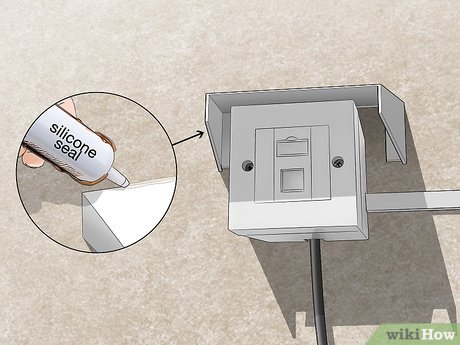
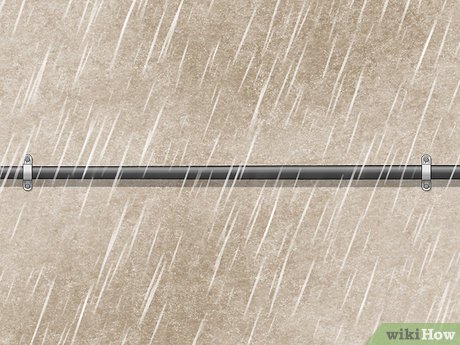
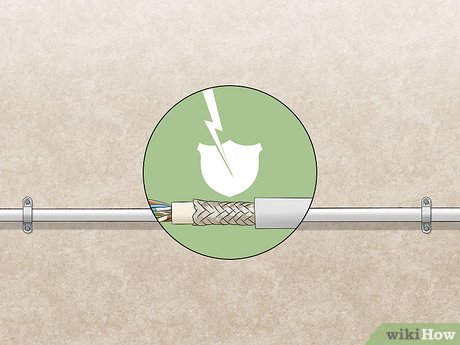
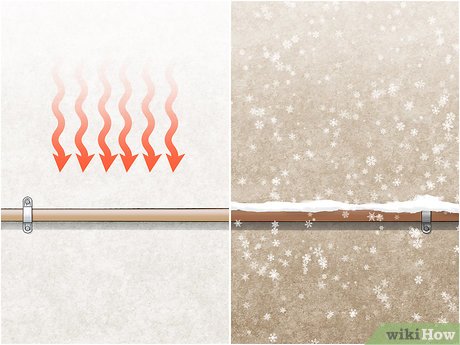
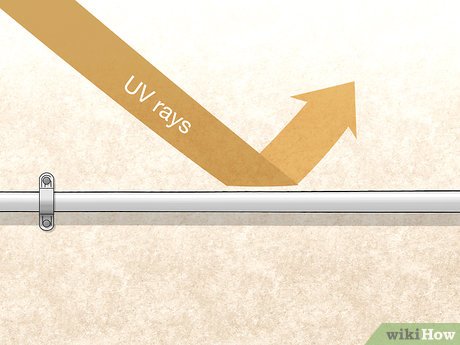
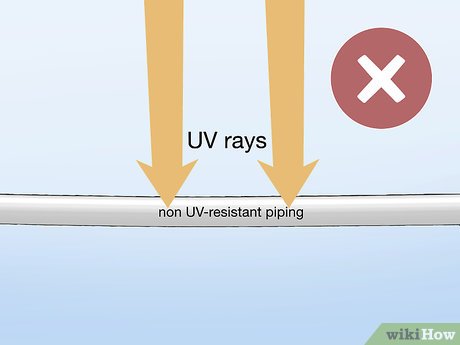
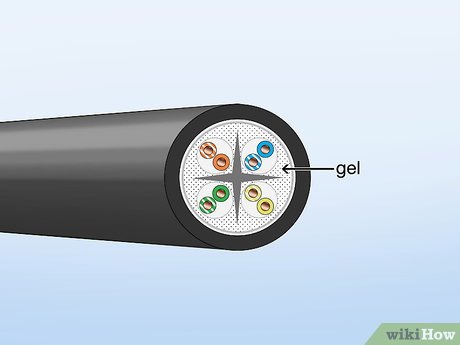
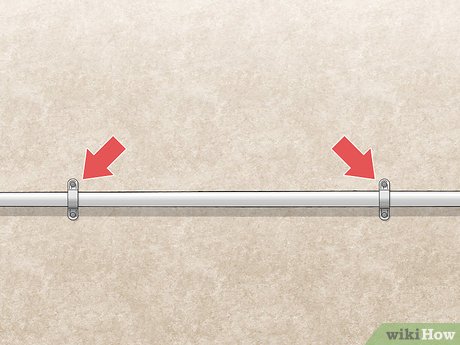
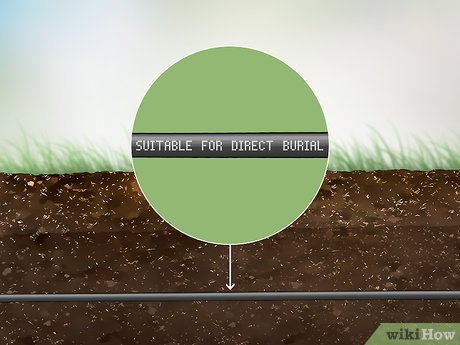
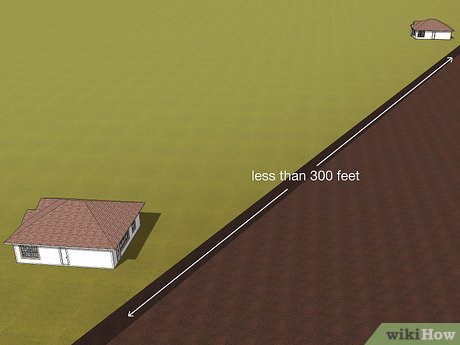
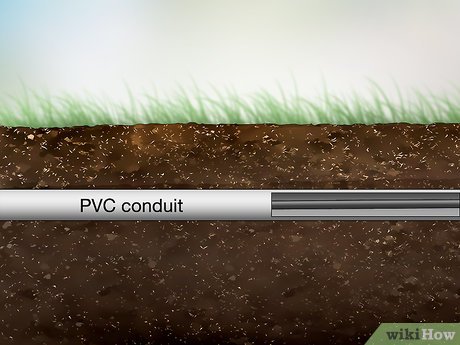






 How to create an Ethernet crossover cable
How to create an Ethernet crossover cable Ethernet cable and how it works
Ethernet cable and how it works How to create a Gigabit Ethernet cable with simple tools
How to create a Gigabit Ethernet cable with simple tools What is the maximum Ethernet cable length to not lose signal?
What is the maximum Ethernet cable length to not lose signal? Power over Ethernet cable
Power over Ethernet cable What is CAT 6 network cable and how is it different from the CAT 5e network cable?
What is CAT 6 network cable and how is it different from the CAT 5e network cable?